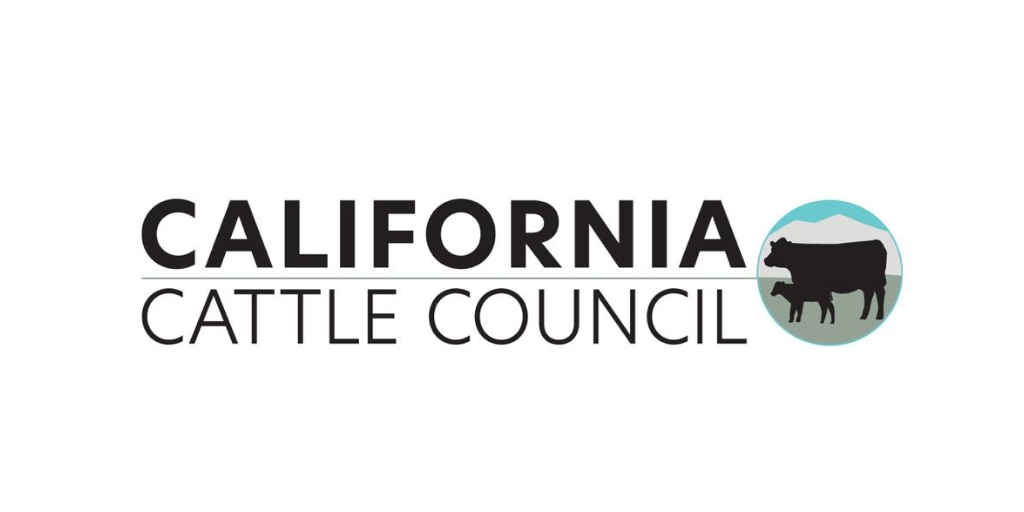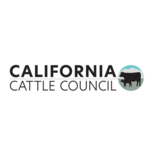Study Shows Direct Regulation of California Dairy Sector Harmful to Economy and Climate Priorities

SACRAMENTO, Calif.–(BUSINESS WIRE)–The California Cattle Council today released a new report, “Economic Analysis of California Dairy Consolidation, Attrition, and Policy Leakage.” The data driven economic analysis, conducted by ERA Economics, looks at California dairy sector trends, market conditions, consolidation, and attrition, as well as the potential impacts of direct regulation of dairy methane emissions. The timely analysis highlights the successful collaboration between the State and the dairy industry in working towards achieving the 40% methane emission reduction target set by Senate Bill 1383 (2016), all while striving to produce milk and dairy products in an economically viable and sustainable manner.
“California is on track to meet its ambitious goals with its dairy methane reduction efforts. The data shows that replacing successful already in place incentive-based programs with direct regulation would be costly to both the climate and the economy,” said Dr. Michael McCullough, Professor of Agribusiness at California Polytechnic State University, San Luis Obispo, and a lead author of the report. “California’s methane reduction efforts would suffer, significant emissions leakage would occur, and small dairies would be hit the hardest, leading to increased dairy farm consolidation in the state.”
Specific findings of the analysis include, but are not limited to the following:
- Dairy sector consolidation is continuing and accelerating in California and across the US as fewer dairies remain in production each year.
- Statistical tests found no evidence that adoption of dairy digesters is causing consolidation to larger dairies. Consolidation is driven by other factors.
- Eliminating Low Carbon Fuel Standard (LCFS) credits and directly regulating methane emissions would cause:
- $675 million in direct annual net losses to California dairies, not including impacts to local communities or other businesses,
- Significant emissions leakage of 1.43 MMTCO2e as milk production shifts to other states,
- Abandoned digester projects, resulting in loss of an additional 2.44 to 3.51 MMTCO2e.
- Small farms would be negatively impacted disproportionately by the increased regulation.
“The significant impacts on our rural communities and family dairy farms must not be ignored,” said Cody Stratton Nicholson, chair of the California Cattle Council, who owns and operates a small, organic dairy farm in Humboldt County. “Hindering more family dairy farms and interrupting the sector’s significant progress in reducing methane emissions is a lose-lose proposition.”
California is the leading dairy production state, with nearly 1.69 million cows producing almost 42 billion pounds of farm milk, accounting for nearly one-fifth of total U.S. supply. Operating in one of the most environmentally progressive states, the state’s farms are committed to greenhouse gas emission reductions that exceed requirements in other states. Development of anaerobic digesters, offset by revenue generated through LCFS credits, has been the most effective method to reduce methane emissions from California dairies.
As the California Air Resources Board prepares to consider amendments to the LCFS, the California Cattle Council engaged ERA Economics to perform this analysis of dairy industry trends, aiming to better understand consolidation and attrition of dairies, as well as the potential impacts of direct dairy methane regulation. A series of data-driven economic exercises were developed to evaluate several potential direct regulation scenarios.
This analysis is critical, as the California dairy sector continues to contract, in terms of both the number of farms (consolidation) and number of cows (attrition). Both the California and U.S. dairy sectors have experienced rapid consolidation over the last several decades. California dairies’ costs are greater than other states due to regulations, permitting, higher input costs (energy, etc.), and mandated wages. In response, production is shifting to states with more favorable regulatory, policy, and business conditions.
“Leading scientists recognize global methane emissions are accelerating when they desperately need to be reduced. While more than 150 governments have pledged to reduce methane by 30% by 2030, few are living up to their commitment. California and the dairy sector have been one of the few bright spots,” concluded Dr. McCullough. “A change in course would most likely undermine our climate and critical methane reduction goals in addition to harming our economy and makes zero sense.”
About the California Cattle Council: Established in 2019, California Cattle Council is an instrumentality of the California Department of Food and Agriculture (CDFA). The Council supports the sustainability of the state’s farming and ranching operations through research and education. The Council board members are appointed by the Secretary of CDFA.
About ERA Economics: Founded in 2013, ERA Economics develops data-driven economic analysis to inform business and policy decisions. With specialized expertise in California environmental, resource, and agriculture-related issues, the Davis-based firm applies economic theory and econometrics to comprehensive data, enabling informed decisions that impact the future of food production.
Contacts
Steven Maviglio 916-607-8340




